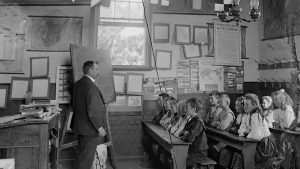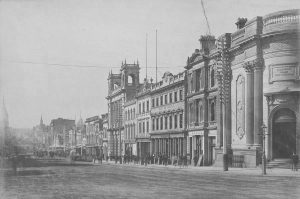The Saverjet viral video campaign is orientated around the operations of the budget (and fictitious) airline SaverJet.com (website no longer exists). It plays out as a parody of Australian low cost carriers and their supposed array of hidden fees and charges incurred beyond the advertised airfare.
The humorous approach to the low cost experience was directed at both Pacific Blue  (part of the Virgin group) and Jetstar
(part of the Virgin group) and Jetstar  (part of the Qantas
(part of the Qantas  group), yet the video appears as though it should have been directed at an airline like Ryanair
group), yet the video appears as though it should have been directed at an airline like Ryanair  because it makes absolutely no factual reference to the nature of any Australian operation.
because it makes absolutely no factual reference to the nature of any Australian operation.
It was only after the video had over 13,000 views before Air New Zealand  revealed its sinister involvement in the campaign.
revealed its sinister involvement in the campaign.
Keeping a distance from a campaign is referred to as 'dark viral', meaning that the brand isn't initially (and sometimes ever) acknowledged. It's a practice generally frowned upon in serious marketing circles since the publisher is not initially held accountable for their content... and it's certainly not the kind of anonymity that you would to use as a prelude to a campaign orientated around transparency.
Air New Zealand's marketing manager, Jules Lloyd  , said the "tongue-in-cheek campaign [was] designed to raise awareness of the hidden fees that low-cost carriers charge, [and that] this is a humorous and light hearted-way that would get people thinking about the real cost of a 'cheap' flight prior to the booking."
, said the "tongue-in-cheek campaign [was] designed to raise awareness of the hidden fees that low-cost carriers charge, [and that] this is a humorous and light hearted-way that would get people thinking about the real cost of a 'cheap' flight prior to the booking."
Is this another case of Air New Zealand demonstrating its 'little country' or 'little airline' inferiority complex? This campaign - and the Nothing to Hide TV commercials - are orientated around transparency of Air NZ airfares (and their operation), but it's a strange approach to take when their competitor's airfares are just as transparent - if not more so - than theirs  are.
are.
The video was directed by Jeff Wood from Consortium in Auckland. Darryl Parsons was the creative director.








